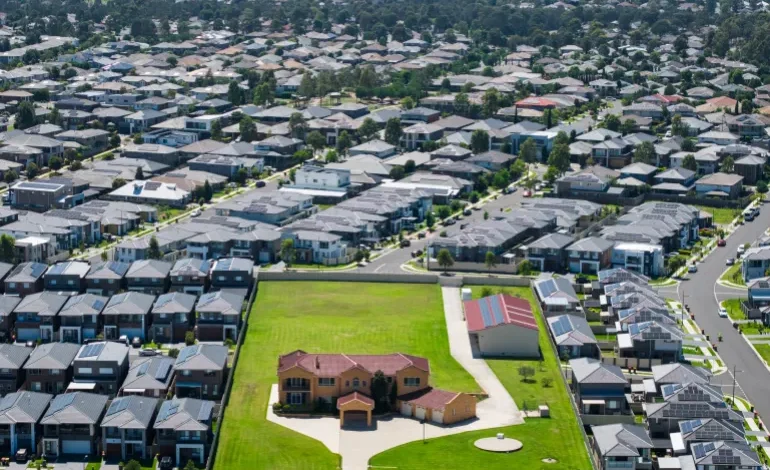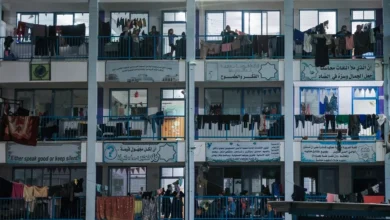Australia’s economy was the envy of the world. Now it’s falling behind

When Racheal Clayton was attending primary school in Sydney, Australia at the height of the 2007-2009 Global Financial Crisis, the Australian economy was the envy of governments around the world.
Unlike every other major developed economy, Australia emerged from the worst economic downturn since the Great Depression without going into recession.
Today, Clayton, 22, is navigating the world of work instead of the classroom, and an economy whose star is shining much less brightly on the international stage.
Far from being the envy of the developed world, Australia’s economy is growing at its slowest pace since the early 1990s, excluding the COVID-19 pandemic, and lagging many of its peers.
Australia’s gross domestic product (GDP) grew by just 0.8 percent year-on-year during the first three quarters of 2024, compared with expansions of 3.1 and 0.9 percent in the United States and the Eurozone, respectively.
If not for immigration-driven population growth, Australia would actually be in recession since per capita growth has been negative for seven consecutive quarters.
Like many of her peers, Clayton, who graduated from university in 2022, is pessimistic about the country’s economic outlook.
Even though she has a full-time job in public relations and lives at home with her parents, she has taken on a part-time gig as a personal trainer to help cover her expenses, including food, bills, insurance and the cost of running a car.
“I am very privileged to still live at home. So it’s not like I have to pay rent, but I still have to pay for other things in life,” Clayton told Al Jazeera.
“If I take a little bit of a break from my part-time job, I find myself struggling,” she said.
Since bouncing back from the pandemic, the economy has struggled to take off amid higher interest rates, sagging productivity and slowing demand for Australian exports such as iron ore.
Even if Australia is not officially in recession, it feels little different from one for those struggling to pay their bills despite having a full-time job and a decent income.
Before Christmas, a survey by the Salvation Army Australia found that one in four Australians were concerned that their children would miss out on presents and 12 percent were worried their children would miss out on food.
Much of the financial strain has been caused by higher mortgage payments prompted by successive interest rate hikes by the Reserve Bank of Australia (RBA).
After lowering the benchmark rate to near zero in response to the pandemic, the RBA raised the rate to 4.35 percent in a series of moves aimed at taming inflation.
In September, Treasurer Jim Chalmers pointed to the higher interest rate environment as a major cause of the slowdown, saying the hikes were “smashing the economy”.
Matt Grudnoff, a senior economist at the Australia Institute think tank, said the RBA had played “a large part” in the country’s current economic struggles.
Much of the financial strain has been caused by higher mortgage payments prompted by successive interest rate hikes by the Reserve Bank of Australia (RBA).
After lowering the benchmark rate to near zero in response to the pandemic, the RBA raised the rate to 4.35 percent in a series of moves aimed at taming inflation.
In September, Treasurer Jim Chalmers pointed to the higher interest rate environment as a major cause of the slowdown, saying the hikes were “smashing the economy”.
Matt Grudnoff, a senior economist at the Australia Institute think tank, said the RBA had played “a large part” in the country’s current economic struggles.










